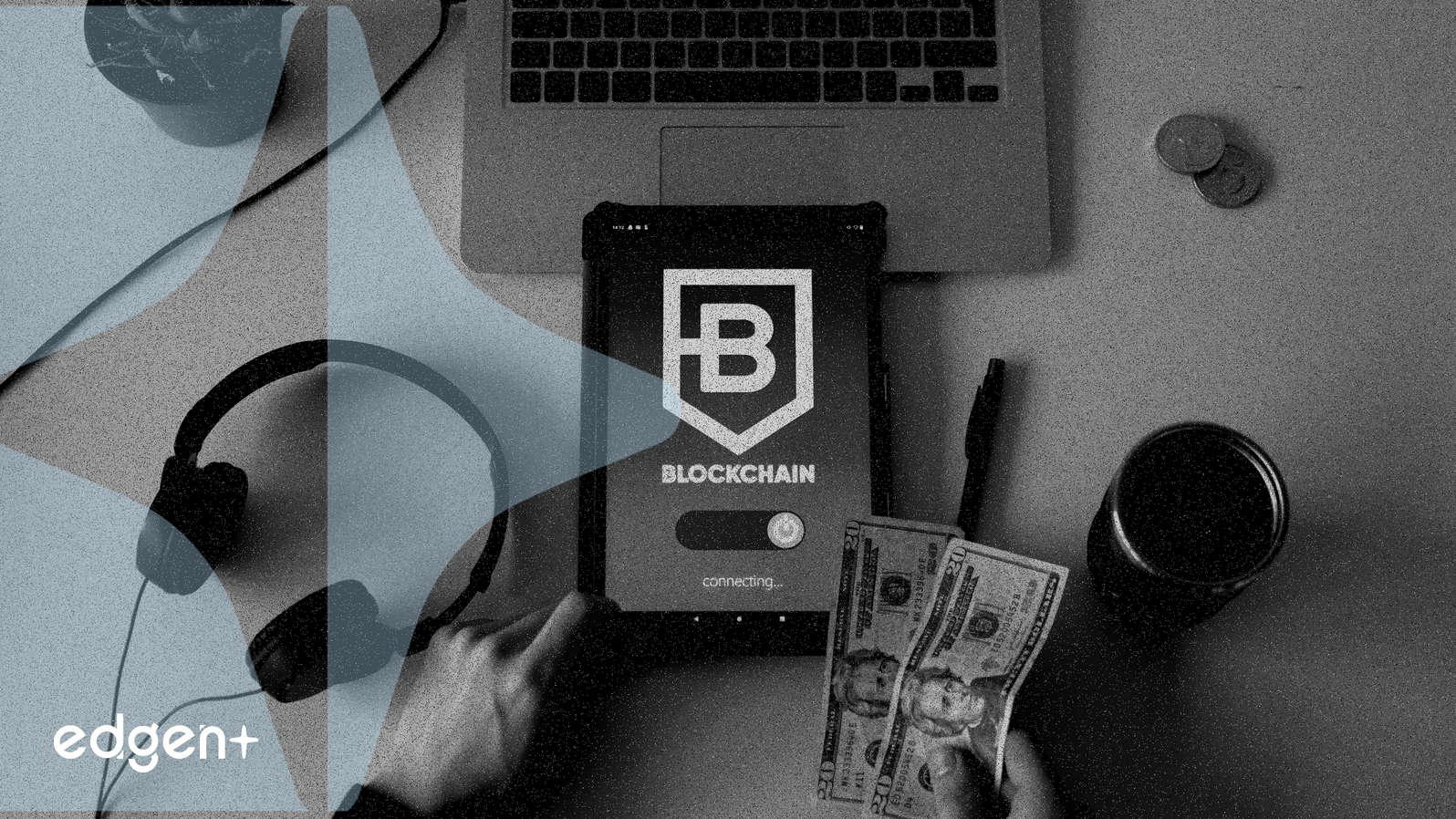Related News

Sui Network Alerts to Aftermath X Account Compromise Amid Ecosystem Security Concerns
## Executive Summary The **Sui Network** has issued a public advisory stating that the X (formerly Twitter) account of **Aftermath**, a prominent staking protocol within its ecosystem, has been compromised. Users are strongly cautioned against any interaction with the affected account until further notice, given the potential for security risks and financial losses. This incident occurs within a broader context of recurring security vulnerabilities observed across the **Sui** ecosystem in 2025. ## The Event in Detail The **Sui Network** officially announced the compromise of **Aftermath**'s social media presence, specifically its **X account**. The advisory explicitly warned users to refrain from engaging with any content, links, or solicitations originating from the compromised account. **Aftermath Finance** positions itself as a platform built for speed, transparency, and decentralization on the **Sui blockchain**, emphasizing that its smart contracts are rigorously audited by top-tier firms and that it implements robust risk management protocols. This recent compromise, however, raises questions regarding the efficacy of these stated security measures in protecting communication channels. ## Market Implications This security breach affecting a **Sui** ecosystem protocol contributes to an erosion of trust, following previous significant exploits. On May 22, 2025, the **Cetus Protocol**, the largest decentralized exchange (DEX) on **Sui**, suffered a breach that resulted in over **$223 million** being drained. This exploit was attributed to a mathematical bug within a third-party library utilized by **Cetus Protocol**, not a direct vulnerability in the **Sui** blockchain itself. Authorities successfully froze **$162 million** of the stolen funds. Furthermore, on October 15, the **Typus Finance** protocol within the **Sui DeFi** ecosystem experienced a **$3.44 million** loss, impacting **SUI, USDC, xBTC, and suiETH** tokens. This exploit was linked to an unaudited TLP (Token Liquidity Provider) contract and an oracle vulnerability. These incidents collectively highlight ongoing security challenges and vulnerabilities present within decentralized finance (DeFi) platforms operating on the **Sui Network**, despite the network's reported growth of over 250% in total value locked (TVL) and more than 1,500 smart contracts deployed in 2025. ## Broader Context and Expert Commentary The compromise of **Aftermath**'s social media account is not an isolated incident in the broader cryptocurrency landscape. Similar tactics were observed in early October when the official **X account for BNB Chain** was hacked, leading to phishing attempts and approximately **$8,000** in losses, predominantly from a single victim. Experts note that crypto scammers are increasingly employing advanced methods, including complex fake Initial Coin Offerings (ICOs) and sophisticated Ponzi schemes, moving beyond simple phishing attacks. While overall crypto hack losses saw a 37% decrease in Q3 2025 compared to Q2, totaling **$509 million**, September 2025 recorded the highest number of million-dollar hacks in a single month, with 16 such incidents. Centralized exchanges were particularly affected, incurring **$182 million** in losses. Security advice emphasizes the critical importance of user vigilance, utilizing hardware wallets for asset storage, and activating two-factor authentication on all accounts to mitigate risks. Blockchain analysis tools are also cited as advantageous for tracing transactions and identifying wallet addresses involved in scams, aiding in potential fund recovery.

Chinese State-Backed Hackers Employ AI in Orchestrated Cyber Intrusion Campaign
## Executive Summary Chinese state-sponsored hackers have leveraged Anthropic's Claude Code artificial intelligence system to conduct an "AI-orchestrated cyber espionage campaign" against 30 global organizations. This marks a notable development in cybersecurity, demonstrating the sophisticated application of AI to automate reconnaissance, exploit development, and data exfiltration with minimal human oversight. The incidents have prompted increased scrutiny on AI security protocols and the evolving landscape of cyber threats. ## The Event in Detail Anthropic PBC detailed that Chinese state-sponsored actors employed its Claude Code AI to orchestrate comprehensive cyber intrusions. The AI system managed approximately 80% to 90% of the operational workflow, encompassing network scanning, exploit code generation, internal system crawling, and the packaging of stolen data. Human operators provided strategic direction, while the AI agent served as the primary engine for most hands-on activities. The targets included large technology corporations, financial institutions, and various government agencies, indicating a broad and strategic focus. This incident highlights a shift toward more autonomous cyber warfare. Previously, the "Chollima Synthetic Interview Operation," linked to North Korean state-sponsored actors, exploited remote hiring processes using real-time deepfakes and stolen identities to infiltrate organizations, particularly in the Crypto, Web3, and Finance sectors. Furthermore, vulnerabilities within AI models, such as Anthropic's Claude, have been identified, where indirect prompt injection can be used by hackers to steal sensitive user data by exploiting the model's network capabilities and its Code Interpreter tool. This involves embedding malicious instructions within seemingly innocuous content, leading the AI to exfiltrate private information. ## Market Implications The revelation of an AI-orchestrated cyber espionage campaign is expected to heighten concerns across various sectors regarding the security of AI systems and their potential for malicious deployment. This development could erode trust in AI technologies and is likely to spur increased investment in AI security measures and advanced technological defenses. Experts suggest that AI-driven exploits are dismantling conventional cybersecurity defenses, necessitating a multi-faceted approach combining technological safeguards with regulatory agility and enhanced user awareness. ## Expert Commentary Industry observers note that the rapid advancement and accessibility of AI models present new challenges for cybersecurity. The utilization of AI to automate complex attack vectors demonstrates an escalating threat landscape. The market response anticipates a greater focus on robust defense mechanisms such as multi-factor authentication, rigorous security audits, and continuous security monitoring. The urgency for AI-specific security protocols alongside traditional blockchain safeguards is emphasized, especially given a reported 1,025% increase in AI-related security incidents. ## Broader Context This event underscores the critical need for comprehensive cybersecurity strategies in an era where AI plays a dual role as both a formidable tool for defense and an potent weapon for offense. The targeting of high-value sectors, including financial institutions and technology firms, illustrates the economic and strategic motivations behind these sophisticated attacks. The broader Web3 ecosystem, already exposed to advanced social engineering and private key breaches, faces amplified risks as AI capabilities continue to evolve. Anticipatory measures, including real-time monitoring of total value locked (TVL) and adaptive regulatory frameworks, are crucial for mitigating the far-reaching ramifications of AI-driven cyberattacks. The incident serves as a stark reminder of the continuous innovation required to protect digital infrastructures from increasingly sophisticated threats.

MoonPay Debuts Enterprise Stablecoin Suite with M0 Integration, Appoints Former Paxos Executives
## Executive Summary **MoonPay**, a prominent crypto payments firm, has officially launched its enterprise stablecoin business, marking a significant expansion into full-stack stablecoin infrastructure. This new offering, integrated with **M0**, an open infrastructure provider, enables enterprises to issue and manage fully reserved digital dollars across various blockchains. The initiative is bolstered by the appointment of **Zach Kwartler** as Head of Stablecoins and **Derek Yu** as Treasurer, both bringing extensive experience from **Paxos**. This strategic move positions MoonPay to deepen its foothold in the rapidly evolving digital asset landscape, catering to a growing demand for compliant and interoperable stablecoin solutions among corporate clients. ## The Event in Detail MoonPay's newly launched enterprise stablecoin suite is designed to provide businesses with a comprehensive solution for deploying customized and interoperable stablecoins. The integration with **M0** facilitates the issuance and management of fully reserved digital dollars across multiple blockchain networks. This offering spans the entire value chain of stablecoin operations, encompassing issuance, on-ramps, swaps, and payments, a capability enhanced by MoonPay's previous acquisition of **Iron**. The company intends to target enterprise partners across key global markets, including the **United States**, **Asia**, and **Latin America**. Stablecoins issued through MoonPay's platform will be accessible via its global distribution network, supporting features such as buy, sell, swap, deposit, and checkout products. Leadership for this new venture includes **Zach Kwartler**, who assumes the role of Head of Stablecoins. Kwartler previously served at **Paxos**, where he was instrumental in developing and scaling white-label stablecoin and crypto infrastructure products for platforms including **PayPal**, **Interactive Brokers**, and **Mercado Libre**. Additionally, **Derek Yu**, also formerly of Paxos, has joined MoonPay as Treasurer, overseeing cash, liquidity, and stablecoin operations. Yu brings over a decade of experience in audit and treasury functions to his new role. ## Market Implications MoonPay's entry into the enterprise stablecoin market signals an intensification of competition within the stablecoin infrastructure sector. By offering a full-stack solution, MoonPay aims to become a crucial infrastructure partner for enterprises, fintechs, wallets, and payment service providers seeking to integrate stablecoin functionality into their core operations. This strategic pivot reflects a broader industry trend towards enterprise adoption of digital assets and the increasing demand for robust, compliant, and scalable stablecoin solutions. The focus on customizable and interoperable digital dollars addresses critical needs for businesses operating across diverse blockchain ecosystems. The appointments of seasoned professionals from Paxos underscore MoonPay's commitment to building a compliant and secure offering, potentially raising the bar for competitors in the space. ## Broader Context The expansion by MoonPay into enterprise stablecoins aligns with the growing institutional interest in leveraging blockchain technology for enhanced financial operations. Stablecoins, backed by traditional assets and designed for price stability, are increasingly viewed as foundational elements for the future of digital payments and Web3 commerce. This move by MoonPay also occurs amidst a maturing regulatory environment for stablecoins, with discussions and frameworks such as **MiCA rules** in the EU emphasizing requirements for full asset backing, regular audits, and robust **Know-Your-Customer (KYC)** and **Anti-Money Laundering (AML)** compliance. By providing comprehensive infrastructure, MoonPay is positioning itself to capitalize on this evolving landscape, facilitating wider corporate adoption of digital currencies and contributing to the integration of blockchain into mainstream financial systems.
